Goonbell Viaduct
Goonbell Viaduct
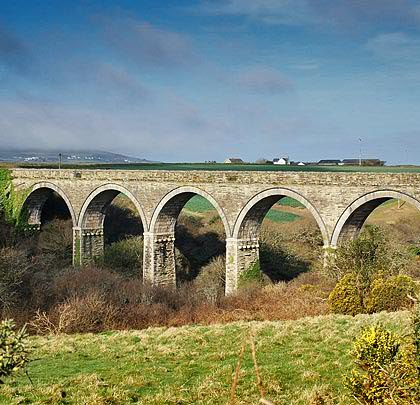
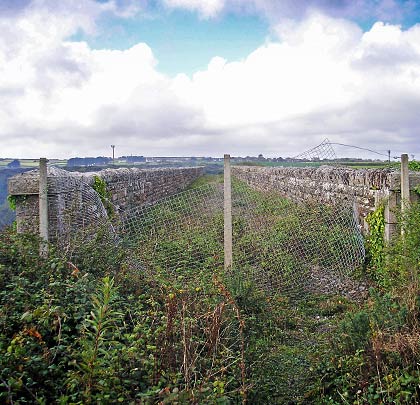
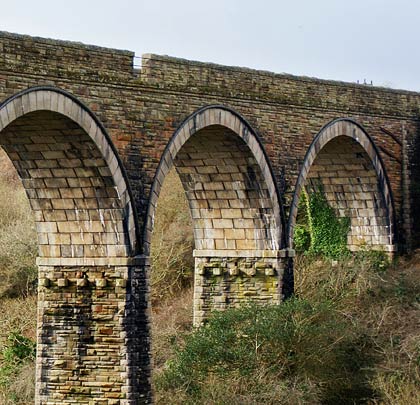
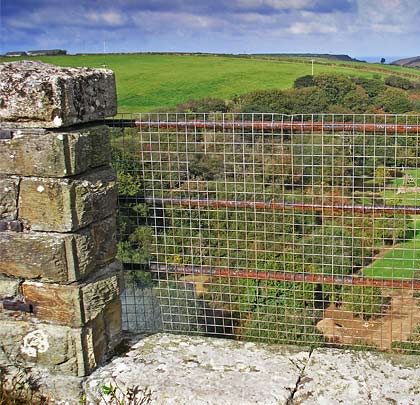
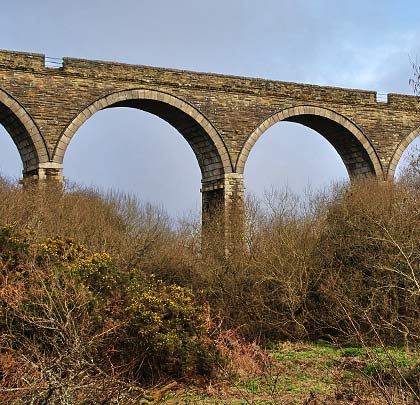
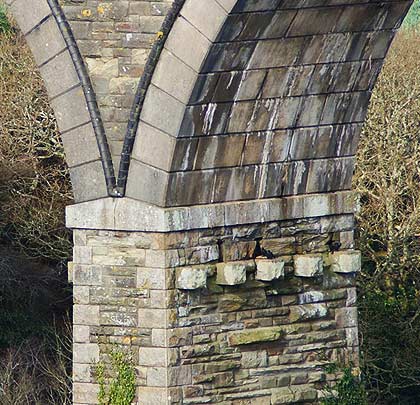
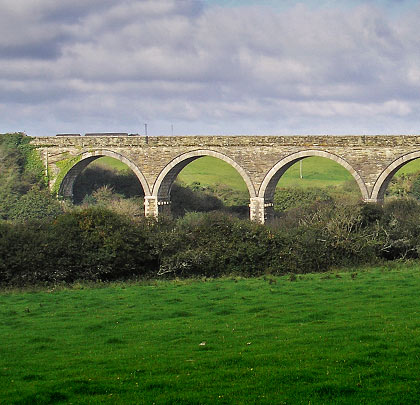
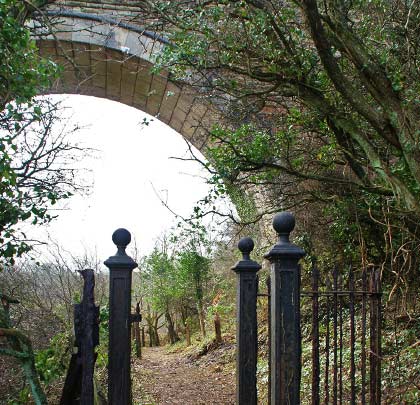
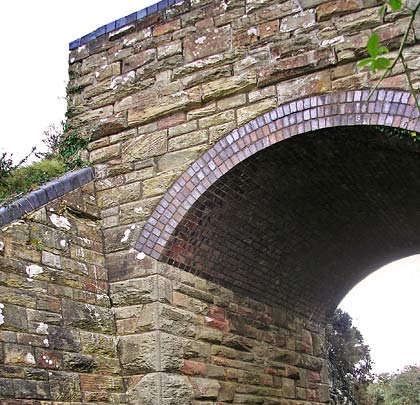









On 3rd June 1897, Parliamentary approval was granted for the 12-mile Truro & Newquay Railway which addressed the concerns of businessmen in Perranporth who felt that the remoteness of their village by rail was financially disadvantaging them. The line connected the Truro-Penzance route at Blackwater with Shepherds on the Treamble minerals branch which had to be upgraded for passenger traffic; this required a deviation to be built at Trevemper to eliminate a sharp curve.
A late addition to the network, the line served as a protectionist measure by the Great Western Railway to block the London & South Western’s plans to expand into west Cornwall. The GWR had dominated the area since its acquisition of the Cornwall Railway in 1889, a position that was further reinforced seven years later through its purchase of the Cornwall Minerals Railway and its extensive network.
Construction began in 1897, but progress was slowed by subsidence near Goonhavern. The southern section to Perranporth opened on 6th July 1903 but the through route was not completed until 2nd January 1905. There were three main stations – at St Agnes, Perranporth, and Shepherds – each with passing loops; the rest of the route was single and had a 40mph linespeed. Six halts were added shortly after opening.
Trains encountered two viaducts as they progressed along the line – a low, four-archer at Perranwell which extends for 89 yards and the much more imposing Goonbell Viaduct, 140 yards in length and comprising five 55-foot spans. The piers are rubble-faced, assembled using locally-quarried stone; the spandrels and parapets feature random coursed rubble whilst the imposts are ashlar. The arches were constructed using specially-moulded concrete blocks, taking on the appearance of masonry; the centring supports remain prominent features of the piers, just below springing level. Protecting the arches from water damage are oversails built in engineering brick . To create refuges for the platelayers, gaps are included in the parapets above alternate piers.
Serving a sparsely-populated area, it is unsurprising that the line’s fortunes declined as motor transport became better and more readily available. Closure came on 4th February 1963.
The viaduct remains in generally good condition although small sections of stonework in the piers are deteriorating. Ivy has established itself on both abutments, the intrados of span 1 and pier 3. The western abutment is restrained with strapping formed from bullhead rail.
Plans by the Historical Railways Estate to erect palisade fencing at both ends are being opposed by campaigners who want the local Council to take responsibility for the structure and open a footpath across it.







